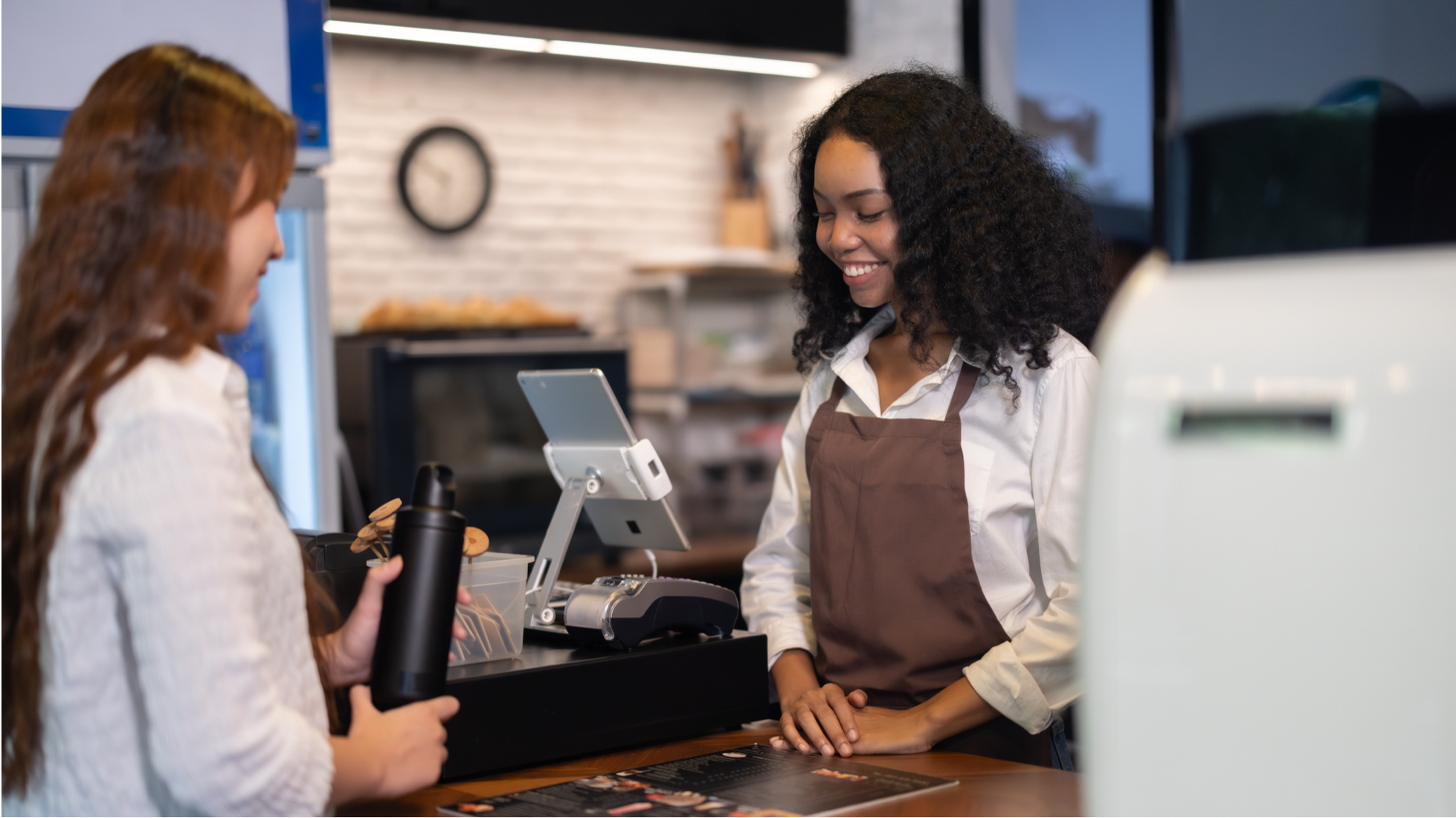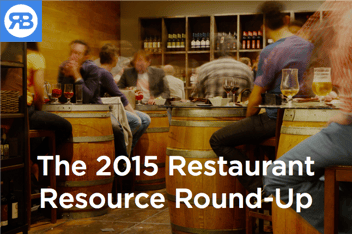Most restaurants are managing up to 10 different technologies to help run their business. There are POS systems, inventory systems, employee scheduling systems, music systems, lighting, cable boxes and much more. It can be hard to keep track of them all and I'm sure most of us are secretly hoping we can just set it and forget it, waiting until the next major issue comes up before we deal with it again.
When it comes to technology, single-location restaurants have very different needs from corporate franchising operations. It's important to consider which restaurant technologies and service providers will be able to expand or contract with you, and which solutions will be easy to deliver to multiple locations and/or a franchisee network in a way that is not only scalable but also allows you to maintain brand consistency.
If you haven't taken a look at your technology landscape in awhile it can be helpful to take stock of what you currently have. We recommend starting with the following categories:
Inventory Infrastructure and Current Stack
Next Generation POS
Guest-Enabled Wi-Fi
Guest-Facing Technology
But what do you need to keep track of when it comes to managing all of your technologies? Actually, quite a few things. There are renewal dates, product updates, and training new employees, all requiring some organization and finesse to maintain. These restaurant technologies should not only help your business run, but also save your business money by creating efficiencies and doing more with less.
Here are 3 ways to save money by future-proofing your restaurant technology:
Fewer Tools, Greater Functionality
Save money by going with a reliable solution that handles multiple parts of your business. Your POS system shouldn't just interact with the FOH, it should also "talk" to and help you manage the BOH. By automating manual processes or by eliminating the need for more technology, you can easily quantify how much money you would be saving in either time or dollars.
Omnichannel Engagement Means Increased Engagement
A buzzword we sometimes hear in marketing, omnichannel engagement is exactly what you should be striving for. Your engagements with customers have to be seamless on all devices to create a cohesive brand experience. For example, now that technology has enabled us to use our phones at the same time as we watch television, to check social media while we dine, the opportunities are endless for engagement. It's a simple reminder that everything you do should include multiple channels. Your menu is in your customer's hands, online, and on the digital screen above the checkout line. Your specials are being said at the table, posted on social media, and displayed on your website. All of these things are important and will help you increase engagement. Take a look at your guest-facing digital assets and see where you are finding holes. Is it your social channels? Your digital screen technology? Once you identify what you need to improve, you can build a plan around how to use all of your digital assets together.
Create an Agile Infrastructure
Arguably the best way to future-proof is to create an infrastructure that's agile enough to be able to quickly take advantage of the best emerging technologies. In this case, infrastructure can mean 2 different things -- your organizational hierarchy and your technology. For larger organizations, it's crucial to develop a decision-making structure that allows for quick research, agreement, and pilot implementation. On the other hand, having an agile technical infrastructure can enable you to move even faster. Working with vendors that are adamant about integrating and working with channel partners will make it easier to test different products and customize your existing stack. This will help you save time and money by having the ability to take advantage of the best emerging technologies, first.
Some contend that the idea of "future-proofing" technology is a contradiction in terms. By definition, technology is driven by innovation. New concepts, systems, products, platforms, and peripherals are introduced that fundamentally alter, or "disrupt" the existing order. The best way to future-proof in an environment like this is to remain nimble.
True future-proofing is an ongoing practice. Encourage ongoing engagement with your restaurant technologies and introduce an iterative model that empowers employees to feel a level of ownership over the process and further encourages adoption.






